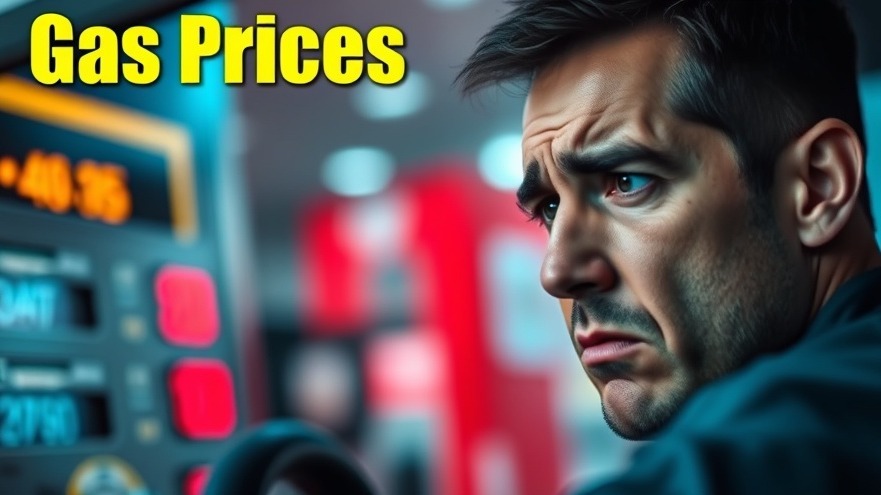
Understanding Gas Prices on the West Coast
For drivers in the Pacific Northwest, the experience of putting fuel in their vehicles has never felt more daunting. Recent changes have sent prices skyrocketing, with Washington and Oregon witnessing some of the highest gas prices in the country due to a significant pipeline outage. Just when people thought California was the undisputed champion of high gas prices, Washington surpassed it for a brief period. This week's national average for regular gas is $3.20, a penny higher than last week.
The Big Picture: Gasoline Demand and Supply Trends
The fluctuations in gas prices aren't isolated to just one region; they reflect larger trends in gasoline demand and supply across the United States. According to the latest data from the Energy Information Administration (EIA), gasoline demand has surged, rising from 8.50 million barrels per day (b/d) to 8.81 million b/d recently. This increase in demand comes amid a backdrop of reduced domestic gasoline supply, which went from 220 million barrels to 217.6 million, pushing prices further up.
Regional Differences: The West vs. The South
While West Coast drivers are feeling the pinch at the pump, the outlook seems much brighter for those in the Plains and the South. States like Mississippi and Oklahoma enjoy gas prices significantly lower than the national average, with figures around $2.71 to $2.78 per gallon. This disparity highlights not only the drastic changes between regions but also opportunities for auto repair shop owners who may focus their marketing strategies based on local consumer behavior toward fuel expenses.
The Impact of Refinery Maintenance on Prices
Looking ahead, refinery maintenance in California is anticipated to tighten production even further, causing prices to increase. For shop owners in impacted states, understanding these market dynamics can transform how they manage customer relationships and pricing strategies. As customers seek advice on vehicle maintenance amid rising fuel costs, shops can position themselves as knowledgeable advisors.
Electric Vehicle Charging: A Cost Perspective
Interestingly, while gas prices climb, the cost of electricity at public EV charging stations remains stable at 36 cents per kilowatt hour. This price advantage is an important consideration for many consumers evaluating their transportation options. For shops, this could be a call to action to educate customers about the benefits of electric vehicles, potentially guiding those keen to switch.
Future Trends: Staying Ahead of the Curve
As fuel prices remain volatile, the automotive industry can anticipate increased interest in fuel-efficient vehicles and alternative energy sources. With the EIA reporting that U.S. crude oil inventories have decreased, it’s vital for repair shop owners to keep an eye on market trends. This awareness could pave the way for diversified services and offerings that align with consumer shifts toward efficiency and sustainability.
Closing Thoughts for Repair Shop Owners
In navigating the current challenges, auto repair shop owners can find actionable insights in regional price differences and consumer behavior trends. By adapting their strategies in service offerings and customer engagement, shops can not only survive but thrive amidst rising fuel prices. Consider providing resources and advice on maintaining gas-powered vehicles or transitioning to electric alternatives to further establish your shop as a community resource.
Understanding these underlying factors opens up opportunities for auto repair shop owners to enhance their customer experience while staying aligned with industry trends. Take the time to analyze your service approaches—meet your customers where they are today and prepare for what’s coming in the future. With a proactive mindset, there's a promising road ahead.
 Add Row
Add Row  Add
Add 




Write A Comment